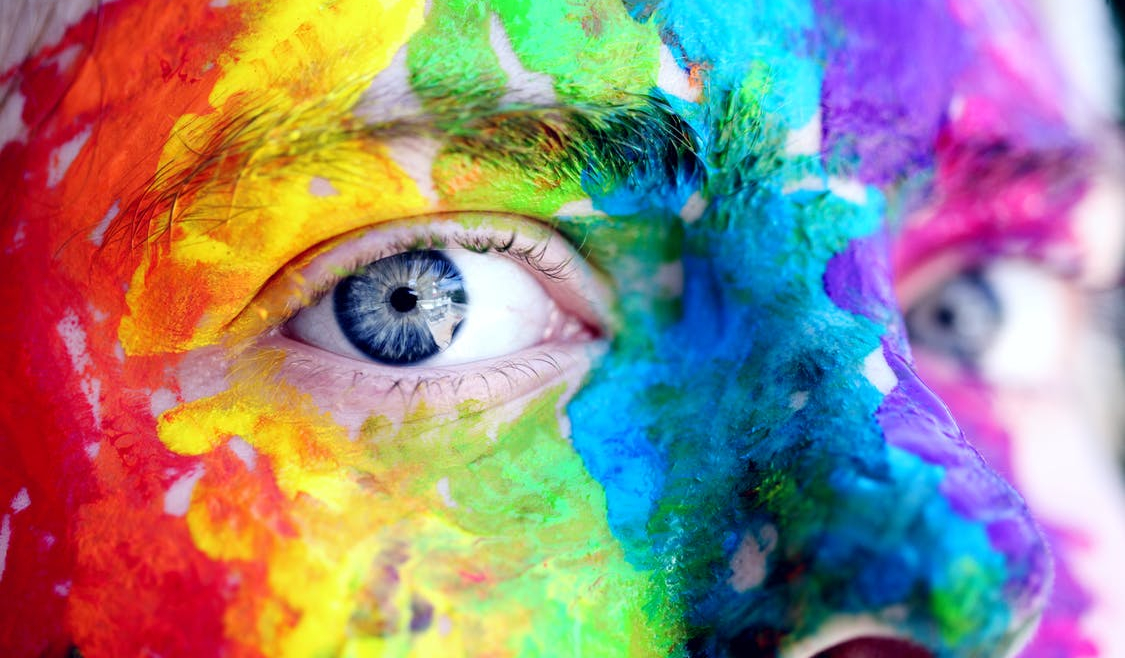Web design is a process of site production, which consists of technical development, creation of a convenient structure of a web page, graphic design, and transfer of information to the network.
The main principles of this direction include the balance of the main elements in the picture, their organicity, rhythm, focus, overall contrast, and proportionality.
Let’s consider the main stages of web design
1. Terms of reference.
First of all, you need to understand the purpose of creating a website, to understand what functionality, structure, and appearance it should have. In the terms of reference, each of the above points is considered in detail, after which the project is agreed upon with the customer. After its confirmation, the stage can be considered complete.
2. Structuring information on the page (usability).
This stage includes the creation of a common modular grid and the formation of the future structure of content. Here, the main task pursued by the web developer is to create the most convenient form of providing the necessary information to users.
3. Graphic design.
Then the site design is developed in a graphic editor. This is probably the favorite stage of every member of this profession. Here you can create and try to implement your most unusual (if, of course, the customer is aware of your amateur) ideas.
What is site design? This is the embodiment of your vision of the future project. It includes thinking about the space, the thickness of the lines, the location of elements, colors, fonts, textures, etc.
4. Layout.
At this stage, the graphic image of the page is divided into separate elements. The code design is being transformed using HTML and CSS technologies. This process is performed so that web browsers can accurately display your site.
5. Webmastering.
The final step is to move the site to host and further search engine optimization so that other people can see your creation on the Internet.
Fonts are becoming a design element
They even replace photos. Remember: on a mobile screen, small and sometimes important details of the image must be viewed under a microscope. While the text can fit perfectly on any screen.
Write words horizontally and vertically – this will make your site stand out from a series of similar ones. But don’t overdo it:
- Choose fonts that are easy to read, preferably sans serifs;
- use no more than 3 families;
- look for fonts on your competitors’ websites.

Use vibrant colors
White “clean” designs have been popular for a long time. And this is a good decision that does not lose its relevance. But if you want to stand out, use vibrant pastel colors and gradients. They are returning to fashion. Follow these 3 rules to avoid overloading your site and making it more user friendly:
- Stick to measure – maximum 2 colors or 1 gradient.
- Use your brand colors and your site will be easily recognized by regular customers.
- Design your call to action button with contrast.
Add video
Everybody loves videos. They are dynamic, interesting, and trustworthy. Show your customers your best. Add personalization to your site. This way you can increase traffic and increase conversions.
Make your video full-width to keep the focus on your screen, or add a short call to action. Add social media buttons at the bottom so that visitors promote your site by sharing an interesting video.

